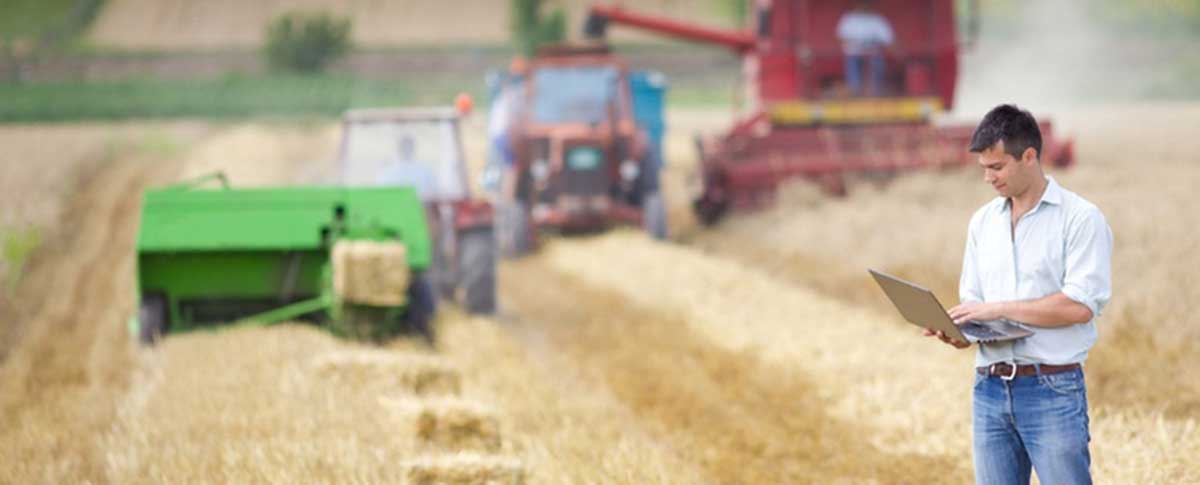
Farmers who fear they are falling behind in farm technology might not be as behind as they think.
Kansas State University cropping system economist Terry Griffin explains that a recent Kansas Farm Management Association study on farm technologies dispels the myth that all farmers use all of the latest technology.
Griffin was one of the speakers at the December 2020 University of Missouri Crop Management Conference, held online.
Studies show that farmers are slower to adopt new technology than previously thought, Griffin says. It usually takes 15 years for technology to reach a critical mass. Many factors weigh into the speed and degree with which they adopt new ways of farming.
Farm size is one of the main factors: The larger the farm, the quicker and higher the adoption rate.
Age, wealth and type of farming operation also are factors.
The number of generations of a family on the farm and the birth year of the farm operators also affect adoption rates. Not surprisingly, younger farmers are introducing digital resources to older generations on the farm.
Many technologies have been available for more than two decades but still are not widely adopted, Griffin says. Of available technologies, farmers may choose to invest in only a few.
Many technologies still not widely adopted
The Kansas Farm Management Association found that Kansas farmers used three of eight surveyed technologies most commonly. Many used none. Very few used all eight.
For example, automated guidance became commercially available more than 20 years ago, yet only 70% of farmers surveyed in Kansas have adopted this technology.
MU Extension assistant teaching professor of precision agricultural technology Kent Shannon says his observations show that Missouri farmers are similar in their willingness to invest in precision ag.
Many factors affect how farmers look at return on investment and the installation and maintenance costs of precision agricultural equipment, Shannon says.
An agricultural resource survey from the U.S. Department of Agriculture shows that farmers use technology in different ways. They may use it to divide crop production, negotiate new crop leases, install tile drainage, monitor crop technology or document yields. Many used monitors to conduct field experiments.
Shannon says lack of internet access in many rural areas slows change. A USDA report shows that only 75% of U.S. farms reported having internet access, and that half of the farms use smartphones or tablets rather than desktop or laptop computers to conduct farm business.
As tech-savvy younger generations join established operations, changing perspectives are inevitable, Griffin says. The numbers of farm owners in the “silent generation” (born before the end of World War II) and baby boomers (born 1946-64) continue to decrease.
Younger farmers favor technology
Differences in business structure also affect adoption rates.
Multigenerational farms tend to embrace changes quicker than sole proprietors. They also likely own more acres, have more financial resources to invest and can prorate the expense.
Additionally, younger family members, although lacking the financial resources, may convince older, more risk-adverse family members of the value of technology.
The silent generation’s contribution remains strong despite dwindling numbers, says Griffin.
With life expectancies increasing, many remain active in the farm operation and retain ownership. Their heirs increasingly reach retirement age before inheriting the farm. As a result, the current younger generation will control farm operations at an older age than previously, Griffin says.
Farmers should decide if new technologies are for them, he says. “Ag tech is not for every grower on every field. Sometimes waiting is an optimal decision.”
Decide how technology improves efficiencies, profit and quality of life on your farm, Griffin says.
The University of Missouri contributed this article.





